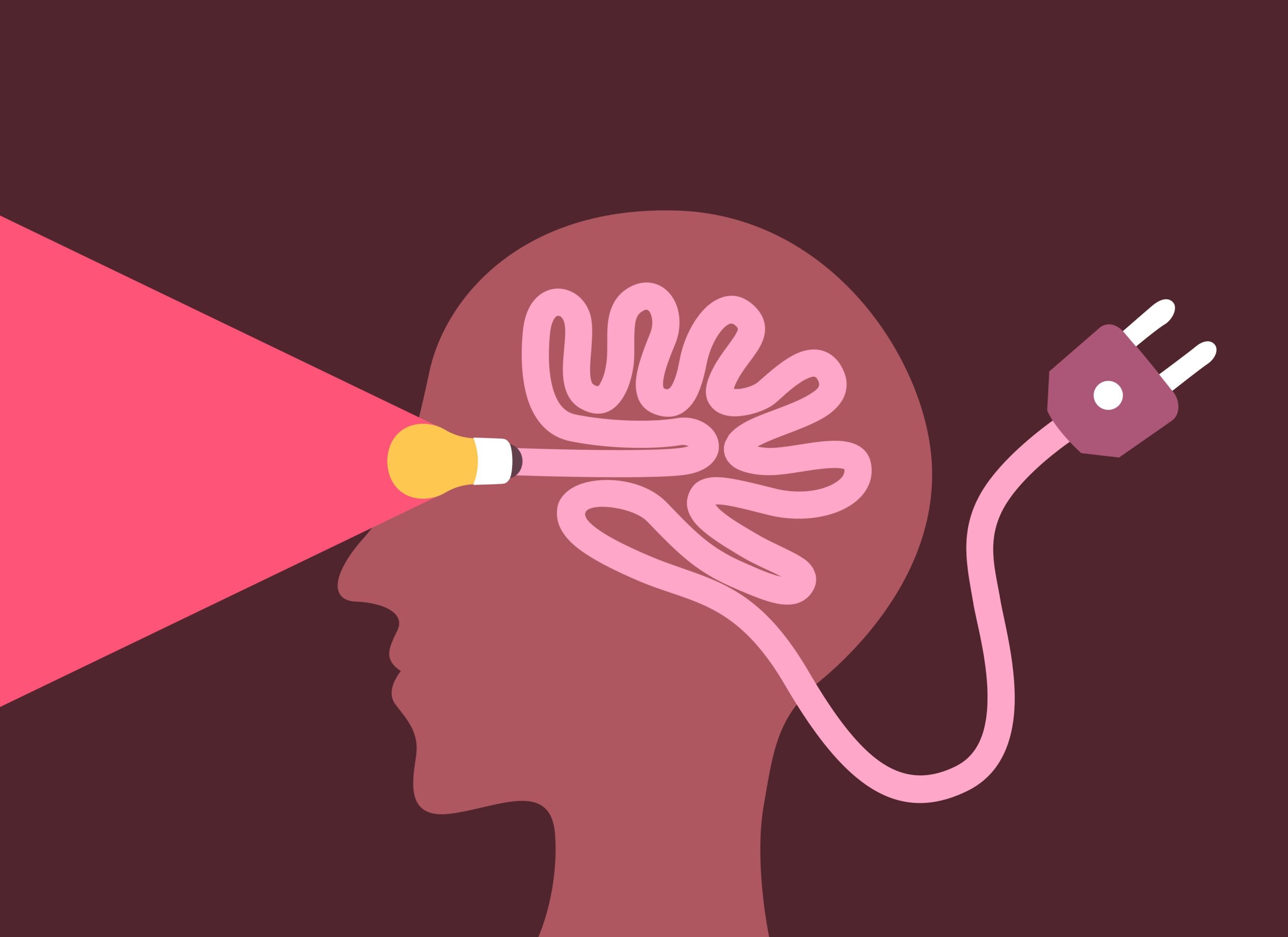
Workplace accommodations are meant to level the playing field. But for many neurodivergent women, particularly those with ADHD, the systems in place often fall short. Not because they are unwilling to seek support, but because those systems were never designed with them in mind. Women are significantly more likely to be diagnosed with ADHD later in life. Studies show that the average age for adult ADHD diagnosis among women is between 36 and 38, with many going undiagnosed entirely. While boys are often identified early due to externalized behaviors, girls tend to internalize symptoms, leading to misdiagnosis and or no diagnosis at all.
This diagnostic delay has serious consequences. Many workplace disability policies require formal documentation to activate support, but without a diagnosis, there’s no access to accommodations. Even when one is secured, the stigma around ADHD, particularly for women, can make disclosure feel like a professional risk. In the absence of intersectional design, standard workplace accommodations fail those most in need, not because these workers are invisible, but because the systems weren’t designed for them in the first place.
The accommodation gap
The prevailing stereotype of ADHD as loud, disruptive and hyperactive has shaped both clinical criteria and workplace expectations. But women with ADHD are more likely to exhibit inattentive symptoms: disorganization, forgetfulness, perfectionism and chronic overwhelm. These traits are too often misinterpreted as character flaws instead of signs of a neurodevelopmental difference.
According to research from ADHD Women and Wakefield Research, 87 percent of women with ADHD say their symptoms have negatively impacted their careers. Nearly all (97 percent) believe they could achieve more with appropriate support. At the same time, 81 percent of managers report feeling unprepared to support employees with ADHD. The result is a dual burden: women are more likely to ask for help, yet less likely to receive it. And when accommodations are granted, the request itself can lead to damaging assumptions about competence and commitment.
Quiet spaces, flexible deadlines and task breakdowns matter—but culture matters more. In many organizations, the unwritten rules of performance still favor consistency, linear productivity and visible busyness. These standards inherently disadvantage neurodivergent employees whose strengths and rhythms may look different.
Gender socialization and the workplace mirror
From an early age, girls are socialized to prioritize relationships, avoid conflict and mask signs of struggle. These patterns often persist into adulthood and the workplace, manifesting as perfectionism and people-pleasing. These internalized pressures are mirrored by workplace norms. While boys are more likely to be supported when their distress is visible or disruptive, women are expected to cope quietly and independently. The emotional labor that many neurodivergent women perform—masking, self-monitoring, self-blame—goes unseen and unsupported.
This dynamic extends into the home as well. Women are still more likely to shoulder the majority of the “mental load” of family life. A Journal of Family Issues study found that mothers perform significantly more cognitive labor than fathers, managing evereything from planning and scheduling to remembering tasks. This unpaid executive functioning—the brain’s management system responsible for planning, prioritising, memory, information processing and emotional regulation—mirrors the same pressures faced at work, compounding stress and exhaustion.
The cost of invisibility
Even as awareness of neurodiversity grows, most workplace inclusion efforts remain reactive. Disability initiatives tend to focus on visible, formally recognised conditions—mobility impairments, sensory impairments or autism diagnoses that meet formal criteria. ADHD, especially in women, frequently falls through the cracks.
The cost of invisibility is high. Many neurodivergent women in leadership roles report persistent self-doubt, imposter syndrome and emotional exhaustion. A 2022 U.K. survey found that 65 percent of professional women with ADHD considered leaving their jobs due to a lack of support. When leadership fails to see these patterns, or assumes that existing structures serve everyone equally, it sends a clear message: you’re welcome here, but only if you can adapt.
What actually works
True inclusion does not begin at disclosure. It begins with design. Workplaces that proactively build accessible systems, regardless of formal diagnosis, see stronger outcomes for employees across the board. Effective strategies include normalizing flexible work schedules and asynchronous communication, designing shorter, more focused meetings, providing written follow-ups and task breakdowns, allowing sensory-friendly workspaces and building time-in over time-pressure
But structural tweaks alone are not enough. Manager training is critical. Given that most managers report being underprepared to support ADHD staff, leadership development should include neurodiversity and executive functioning awareness and coaching frameworks that support emotional regulation and self-trust. Regular check-ins focused on energy, bandwidth and clarity, not just rigid deadlines, can help leaders co-create more sustainable expectations. ADHD-friendly coaching and adaptive workflows can support emotional regulation, task initiation and self-trust.
Moving beyond compliance
Legal protections like the Americans with Disabilities Act (ADA) entitle employees to “reasonable accommodations,” but the burden is still on individuals to name their needs and prove their eligibility. For neurodivergent women, that burden is amplified by delayed diagnosis, stigma, and internalized shame. Forward-looking companies are already piloting new models. Asynchronous workflows, hybrid options and sensory-aware design are becoming best practices in firms leading on inclusion.
The return on investment is clear. According to Deloitte, inclusive companies are twice as likely to meet or exceed financial targets, and six times more likely to innovate. Neurodivergent women are not liabilities—they’re strategic assets. Supporting ADHD in the workplace is not just a matter of compliance. It is a matter of leadership. And it requires more than policy. It requires cultural humility, design thinking and the courage to reimagine legacy norms.
For leaders ready to act:
- Audit systems for bias and rigidity.
- Create feedback loops with neurodivergent staff.
- Embed inclusion into leadership and manager training.
- Shift the conversation from “who qualifies for help” to “what makes it easier to thrive.”
The future of work is not uniform. It’s adaptive. And the organizations that succeed will be those that design for difference, not just compliance.
Alex Campbell and Katie Friedman are neurodivergent leadership coaches and co-founders of Gold Mind Academy. Their new book ADHD… Now What? (out now) explores how identity, self-trust and executive functioning shape neurodivergent success in work and life.
<




